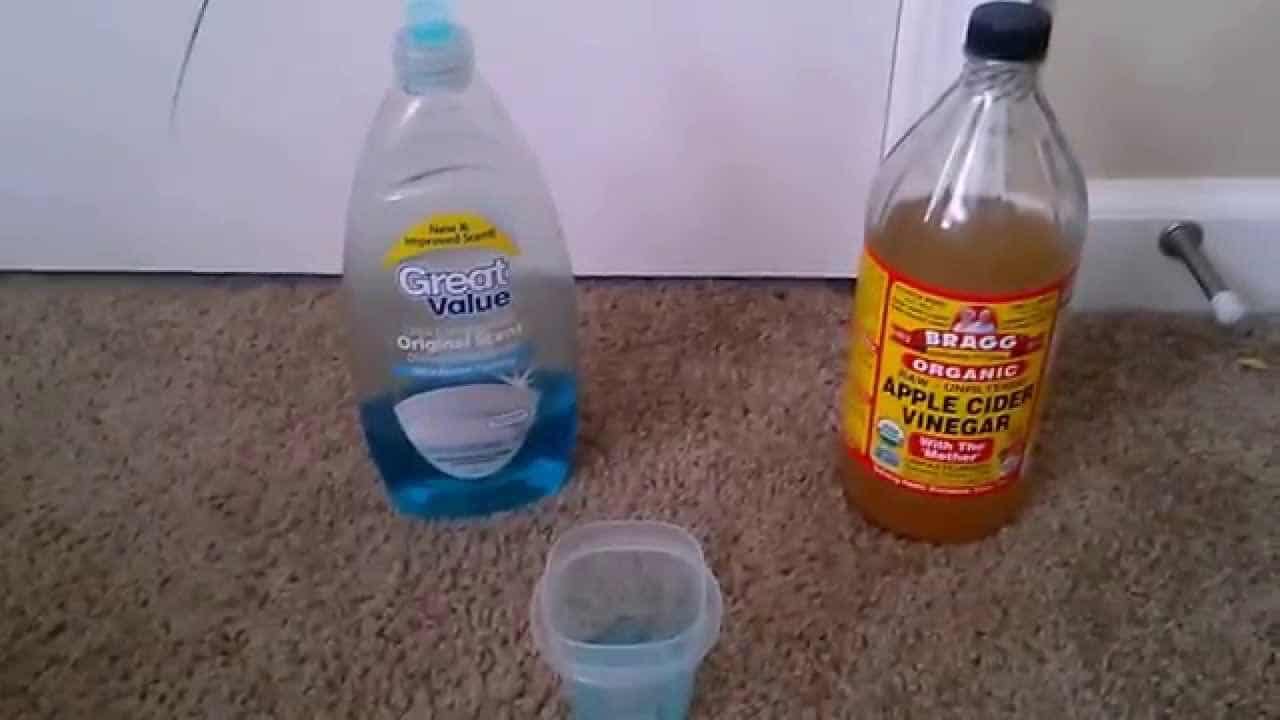Table Of Content

A better option to handle these powerhouse pollinators is to find a beekeeper in your county and ask for help with live bee removal. You can also contact the local extension program for a directory of master beekeepers and bee removal specialists. A general exterminator will have a problem applying pesticides to all the layers of the honeycomb that make up the very complex hive. “If you don’t know how to find the queen, all you can do is open up the wall and destroy the hive, which doesn’t do anybody any good,” he said. Whether you just moved into a new home with an existing bee problem or suddenly see a honeybee colony coming in and out of a wall, getting rid of the infestation is likely top-of-mind. Here is everything you need to know about humanely removing honeybees from your property.
Use a Bug Zapper

If you’re dealing with other pest problems, be sure to check out how to get rid of stink bugs, how to get rid of mice safely, how to get rid of roaches or how to get rid of ants in your home. With proper methods of control, they may eventually go away as the year progresses. Gnats have a short life cycle and will often disappear when the cold months start. Emily Estep is a plant biologist and journalist who has worked for a variety of online news and media outlets, writing about and editing topics including environmental science and houseplants.
More in Pests

To get rid of drain flies or drain gnats, simply pour drain cleaner down the drain. Using the manufacturer’s instructions, pour some of the cleaner down the drain slowly to kill flying gnats and the larvae. Be sure to wear a mask, gloves and eye protection as drain cleaner can be particularly noxious stuff.
Trap Them With Apple Cider Vinegar
For gnat problems on and around your houseplants, consider using diatomaceous earth. Sprinkle the fine powder in a thin layer on the soil; it will work to kill gnat larvae. If you’ve heard that how to get rid of gnats with white vinegar?
Yellow sticky traps
Soil taken from the ground can harbor fungus gnat larvae, so always use sterile potting soil when potting plants to bring into your home. If you already have potted plants inside, consider repotting them in sterile soil and treating them with BTI. No, most common house gnats don’t bite or cause any harm to your home. Yes, the very thing that caused the infestation in the first place might be your best bet when it comes to ending it. Add a few pieces of overripe fruit to a large bowl, then cover with plastic wrap and secure with a rubber band.
Also called vinegar flies, they are tiny, around 1/16 inch (2 mm), with distinct red eyes and a mix of tan, black, and gray on their head and body. You can also attract fruit flies with red wine and a couple drops of dish soap in a glass or jar. The dish soap separates from the wine, so whenever a gnat lands on the solution, it sinks and drowns. For longer-term success, invest in one of the best bug zappers on the market. Overripe fruits, veggies, decaying food matter and moisture in drains are all culprits. Another method for drain flies is to pour a cup of bleach down the drain.
How To Get Rid of Small Flies In Your Bathroom - Family Handyman
How To Get Rid of Small Flies In Your Bathroom.
Posted: Wed, 24 Apr 2024 07:00:00 GMT [source]
Her passion for pest control and sustainable gardening allows her to review plant and pest content for best practices and accuracy. She is a board-certified entomologist and volunteers for USAIDs Farmer to Farmer program. She is a professor of Horticulture, an Education Specialist, and a pest specialist. Pepper Moran is a pest control expert with over five years experience in educating homeowners on affordable and earth-friendly ways to protect their homes from pests. Take preventative steps to help support the effectiveness of your selected treatment methods and to keep swarms of gnats away for good. While it’s usually possible to relocate honeybees, some situations make it difficult.
Traps like this Zevo Flying Insect Trap ($19.97, Walmart), use safe amounts of blue and UV light to attract gnats, and mosquitoes to trap them in. The best thing is they contain no chemical insecticides, odor and are more user-friendly. A moist environment is an ideal place for female gnats to lay their eggs. After the eggs hatch into larvae, they feed, become pupae, then grow into full-grown adults.
Clean up Sources of Organic Material
Soon, gnats and fruit flies will flock to the fruit, making their way in through the tiny holes—but they won't know how to find their way out. If you've ever spilled sugary juice on the counter and didn't wipe it up right away, overwatered plants inside or outside, or waited a day too long to take out the trash, you know this feeling. One simple household mistake, and all of sudden your house seems to be covered up in bugs—tiny gnats, to be exact. Here are eight ways to help you get rid of gnats once and for all. Few things are as annoying as a gnat (or several) buzzing about the kitchen when you’re trying to prepare a meal.
The wet soil of indoor pots can create a breeding ground for gnats. So, take it easy on watering them or look into low-maintenance plants that require small amounts of water to thrive. Gnats breed on decaying, organic matter and moisture, so you'll need to assess the source of them. This should be relatively obvious, as they tend to gather around the problem, which will aid in identifying their type. Use the following ideas to get rid of gnats and learn how to fend them off for good.
One of the most effective methods for controlling and getting rid of gnats is by using a bug zapper. These devices attract gnats and electrocute them, causing them to die and collect in the bottom of the device. Many of the modern bug zappers on the market are safe for indoor use, so placing one on the counter or near plants can take care of a gnat problem quickly. To kill gnat larvae, try a mixture of soapy water and spray it on your plants’ soil, O’Neill advises. Use one tablespoon of liquid soap (such as dish soap) with one quart of water and spray onto the soil to remove gnat larvae.

No comments:
Post a Comment